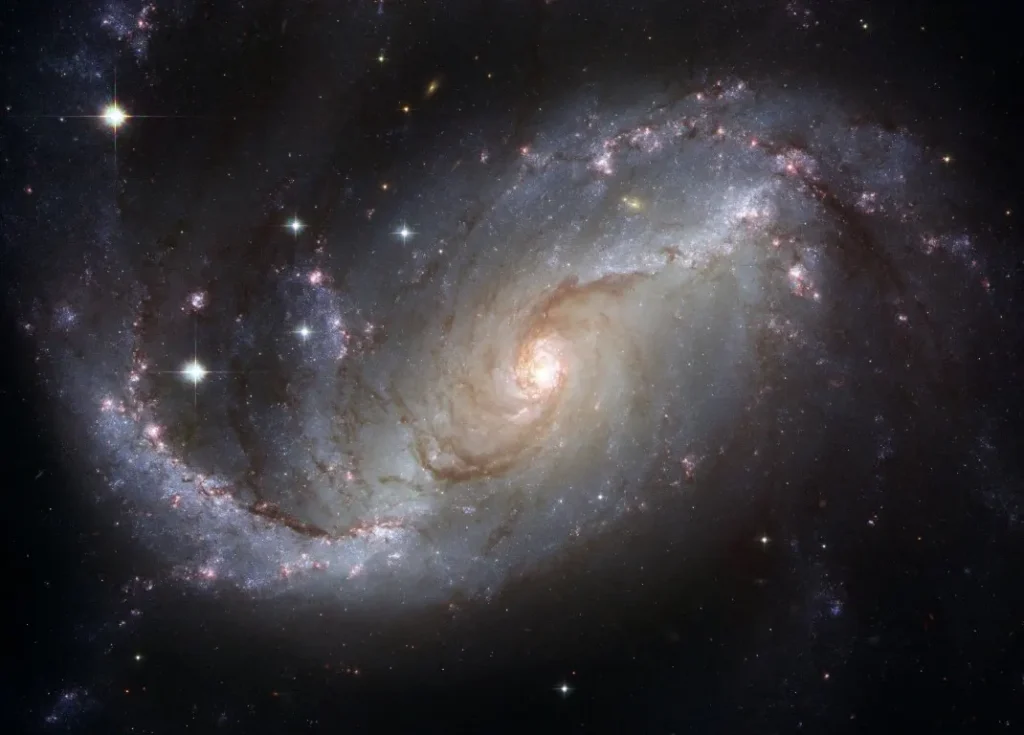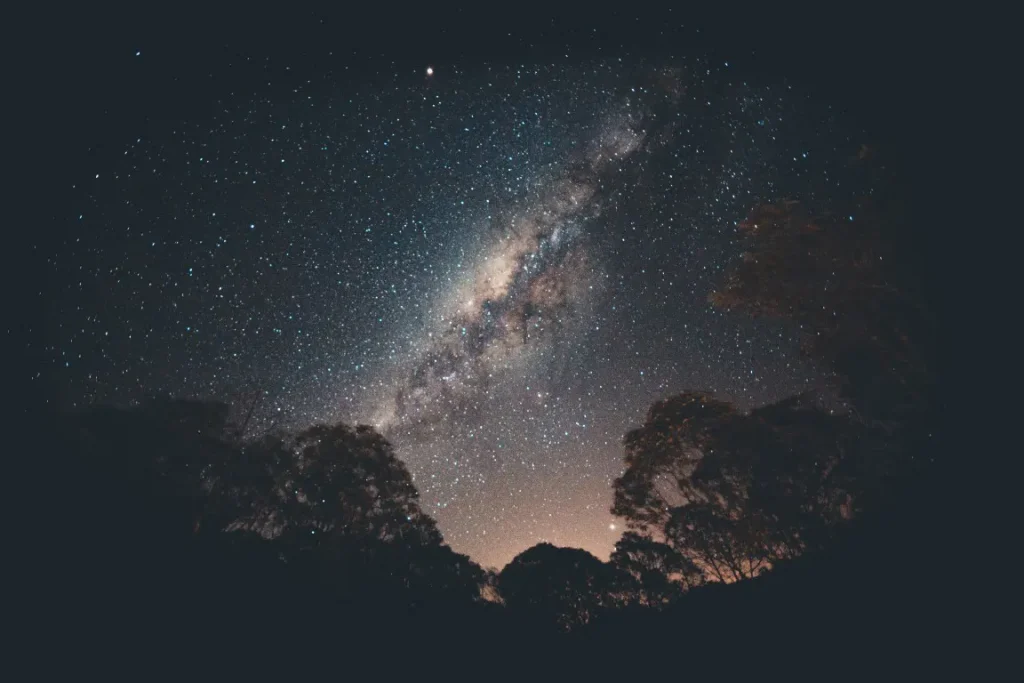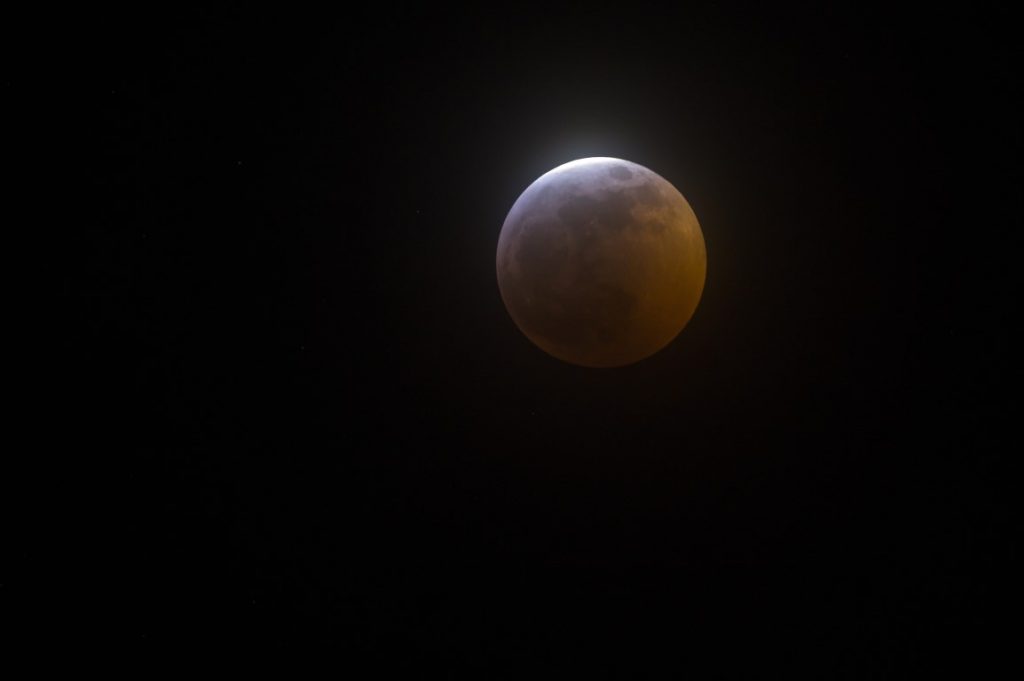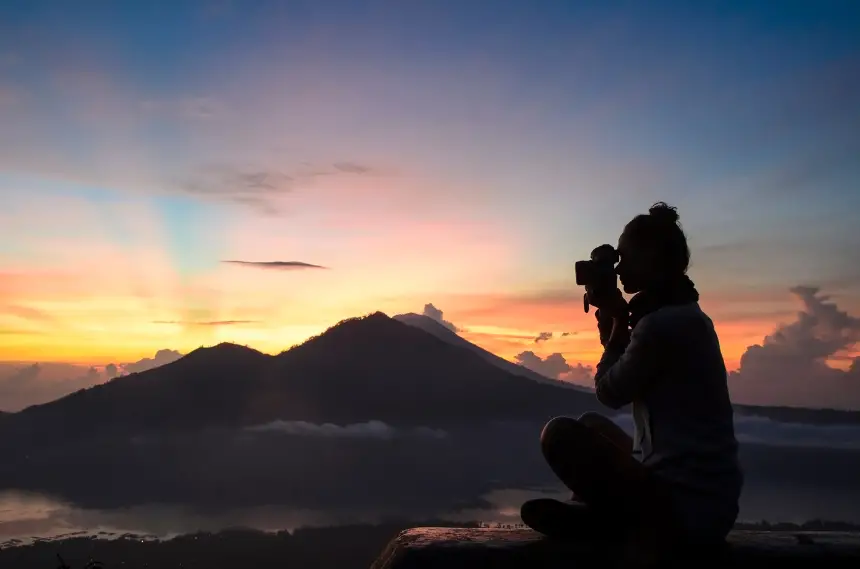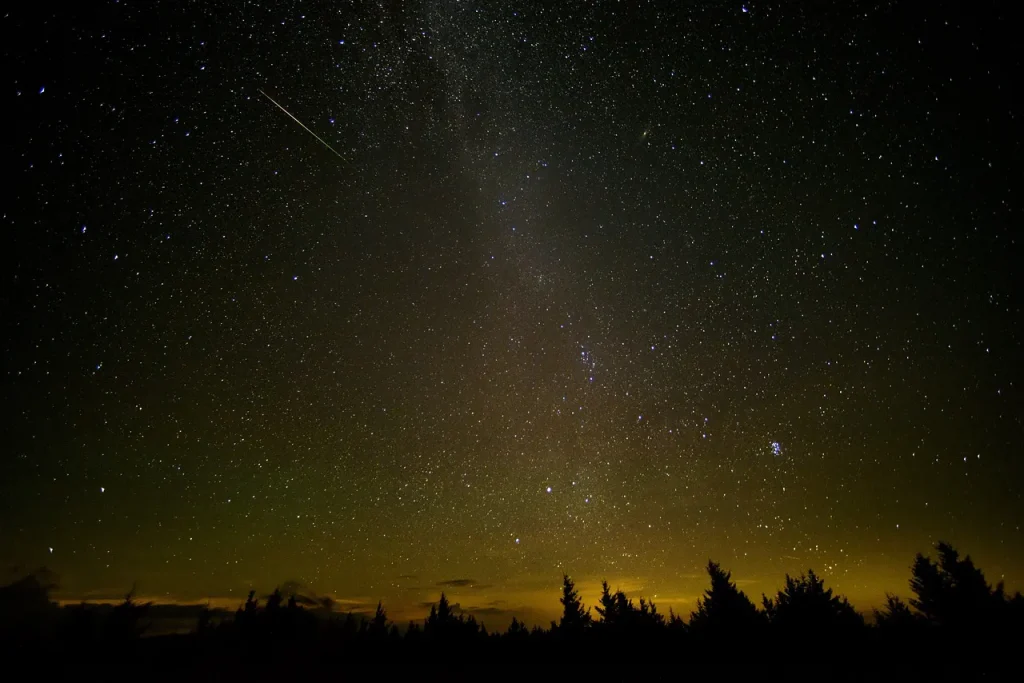
August 2023 is set to be an exciting month for astrophotographers.
With a lineup of celestial events that include everything from a supermoon to a rare blue moon, the night sky will be a spectacle of cosmic wonders waiting to be captured.
Whether you’re a seasoned astrophotographer or a beginner with a keen interest in the stars, this guide is designed to help you navigate the celestial highlights of the month.
I’ll delve into each event on August 2023, providing you with key details such as when and where to look, and offering tips on how to photograph these phenomena.
So, grab your gear, mark your calendars, and get ready to explore the night sky like never before.
Let’s embark on this astronomical journey through August 2023 together
Best Astrophotography Targets on August
- 1st of August – The Supermoon
- 9th of August – Mercury at Greatest East Elongation
- 12th, 13th of August – Perseids Meteor Shower
- 16th of August – New Moon
- 24th of August – Moon Occults Antares
- 27th of August – Saturn at Opposition
- 31st of August – Full Moon, Supermoon, Blue Moon
1st of August – The Supermoon
A supermoon is a phenomenon where a full moon or a new moon aligns with the moon’s nearest point to Earth in its elliptical orbit, a position known as perigee.
This alignment results in a moon that appears larger and brighter in the night sky than usual.
On August 1st, 2023, we will witness such a supermoon. At this time, the moon, fully illuminated, will be directly opposite the Earth from the Sun, a phase set to occur at 18:33 UTC.
This full moon carries historical significance. Early Native American tribes referred to it as the Sturgeon Moon, as this was the time when the large sturgeon fish of the Great Lakes and other major bodies of water were most readily caught.
Capturing the supermoon on camera can be a rewarding experience.
So, Here I have listed some tips to help you get the best shot:
- Equipment: A DSLR or mirrorless camera with manual settings is ideal. A telephoto lens (200mm or more) will allow you to capture the moon in all its magnified glory.
- Settings: Start with a low ISO (100 or 200) to minimize noise. A shutter speed of 1/100th of a second and an aperture of f/11 are good starting points, but you may need to adjust these based on the lighting conditions.
- Focus: Set your focus to manual and adjust it to infinity. Given the moon’s distance, this will provide a sharp image.
- Composition: Consider including some foreground elements in your shot to add interest and provide a sense of scale.
By referring my pervious article on how do I take sharp moon photos you can easily capture “August super moon”.
9th of August – Mercury at Greatest East Elongation
On August 9th, 2023, Mercury will present another exciting opportunity for astrophotographers as it reaches its greatest east elongation.
This event will occur at 20:30 UTC, with Mercury located 27.4º east of the Sun and shining at a magnitude of 0.3.
Mercury’s elongation refers to its angular separation from the Sun as seen from Earth. When Mercury reaches its greatest east elongation, it’s at its furthest point east of the Sun and is visible in the evening sky after sunset.
This is the best time to view and photograph Mercury as it’s at its highest point above the horizon in the evening sky.
Photographing Mercury can be a bit challenging due to its proximity to the Sun and its relatively small size. However, with the right approach, you can capture some stunning images. Here are some tips:
- Timing: The best time to photograph Mercury is shortly after sunset when it’s at its highest point in the sky.
- Location: Choose a location with a clear, unobstructed view of the western horizon.
- Equipment: A DSLR or mirrorless camera with a telephoto lens will help you get a closer shot of Mercury. A tripod is also essential to ensure stability.
- Settings: Use a low ISO to reduce noise and a fast shutter speed to capture Mercury’s details. You may need to experiment with these settings based on the lighting conditions.
- Focus: Use manual focus, set to infinity, to get a sharp image.
- Post-Processing: Enhance the brightness and contrast of your image using photo editing software to bring out the details of Mercury.
Remember, safety first. Never try to observe or photograph Mercury until after the Sun has completely set to avoid damaging your eyes or equipment.
12th, 13th of August – Perseids Meteor Shower
One of the most anticipated events in the astrophotography calendar is the Perseids Meteor Shower.
This year, the shower runs from July 17 to August 24, but the nights of August 12 and 13 promise a celestial spectacle like no other.
The moon phase at this time is just 10.0%, providing excellent dark sky conditions for viewing and photographing this event.
The Perseids are visible from both hemispheres, but they are most prominent in the Northern Hemisphere. Observers in the Southern Hemisphere can still enjoy the show, albeit with slightly lower intensity.
Do you know, you can capture meteor showers using your smartphone? I invite you to read my article on how to capture meteor shower on phone to be aware with that.
Here I listed some tips to success your shooting of the meteor shower.
- Timing and Location: The best night for photographing the Perseids is between August 12 and 13. Choose a location far from city lights with a wide, unobstructed view of the sky.
- Equipment: A DSLR or mirrorless camera with a wide-angle lens is ideal. A tripod is essential for stability during long exposures.
- Settings: Use a high ISO (around 1600-3200), a wide aperture (f/2.8 or lower if possible), and a long exposure time (15-30 seconds) to capture as many meteors as possible.
- Focus: Set your focus to manual and adjust it to infinity. This will ensure the stars and meteors appear sharp in your images.
- Composition: Try to include some interesting foreground elements in your shot for a more compelling composition.
- Post-Processing: Use photo editing software to enhance the brightness and contrast of your image, and to bring out the details of the meteors.
16th of August – New Moon
Mid-August brings with it a new moon, an event that holds special significance for astrophotographers. This year, the new moon falls on August 16th, providing ideal conditions for observing and photographing the night sky’s fainter objects.
A new moon occurs when the moon is located on the same side of the Earth as the Sun, making it invisible in the night sky.
This phase will occur at 09:39 UTC on August 16th. The absence of moonlight during a new moon is a boon for astrophotographers.
Without the moon’s bright light to outshine them, faint objects such as galaxies and star clusters become more visible.
This makes a new moon the perfect time to capture these elusive celestial bodies.
Taking advantage of the dark skies during a new moon can lead to some truly spectacular astrophotography. Here are some tips to help you make the most of this opportunity:
- Plan Ahead: Research which faint objects will be visible from your location on the night of the new moon.
- Location: Choose a location far from city lights to minimize light pollution, which can interfere with the visibility of faint objects.
- Equipment: A DSLR or mirrorless camera with a good low-light performance is ideal. A fast lens (with a low f-number) and a sturdy tripod are also essential.
- Settings: Use a high ISO and a long exposure time to capture as much light as possible. However, be careful not to overexpose your images.
- Focus: Use manual focus, set to infinity, to ensure the stars appear sharp in your images.
- Post-Processing: Use photo editing software to enhance the brightness and contrast of your image, and to bring out the details of the galaxies and star clusters.
On that day if you able to correctly focus infinity you can get marvelous shots of celestial bodies. So refer my previous written article on how to focus to infinity at night to know more about it.
24th of August – Moon Occults Antares
On August 24th, 2023, observers in the central US and northern Florida are in for a rare treat as the Moon occults Antares, the brightest star in the constellation Scorpius.
This event will occur at 10:29 PM local time (02:29 UTC).
A lunar occultation happens when the Moon passes in front of a star or a planet, temporarily obscuring it from view.
This is a relatively rare event due to the precise alignment required. On August 24th, the Moon will occult Antares, a bright, red supergiant star known as the “heart” of the Scorpius constellation.
This event provides a unique opportunity for both observation and photography. Photographing a lunar occultation can be a thrilling experience.
Here are some tips to help you capture this event:
- Timing and Location: The timing of this event is crucial. Make sure you’re set up and ready to start shooting a few minutes before the occultation begins at 10:29 PM local time.
- Equipment: A DSLR or mirrorless camera with a telephoto lens is ideal for this event. A tripod is essential for stability during long exposures.
- Settings: Use a low ISO to reduce noise and a fast shutter speed to capture the Moon and Antares in detail. You may need to adjust these settings as the event progresses and lighting conditions change.
- Focus: Use manual focus, set to infinity, to ensure both the Moon and Antares appear sharp in your images.
- Post-Processing: Use photo editing software to enhance the brightness and contrast of your image, and to bring out the details of the Moon and Antares.
27th of August – Saturn at Opposition
On August 27th, 2023, Saturn, the jewel of our solar system, will be at opposition. This event presents an excellent opportunity for astrophotographers to capture the ringed planet in all its glory.
When a planet is at opposition, it means it’s at its closest approach to Earth and its face is fully illuminated by the Sun. For Saturn, this means it will be brighter than at any other time of the year and will be visible all night long.
This is the best time to view and photograph Saturn and its moons. The term “opposition” comes from the fact that the planet is opposite the Sun in the sky from our perspective on Earth.
If you follow below listed tips when photographing this Astro event, you are able to reach maximum of your imaging.
- Timing: The best time to photograph Saturn is during opposition when it’s at its brightest. On August 27th, Saturn will be visible all night long.
- Equipment: A medium-sized or larger telescope will allow you to see Saturn’s rings and a few of its brightest moons. To photograph Saturn, you’ll need a camera that can attach to the telescope, or a smartphone adapter for the eyepiece.
- Settings: Use a low ISO to reduce noise and a fast shutter speed to capture Saturn’s details. You may need to adjust these settings based on the lighting conditions and your specific equipment.
- Focus: Use manual focus to get a sharp image. Focusing on a planet can be tricky, so take your time to get it right.
- Post-Processing: Use photo editing software to enhance the brightness and contrast of your image, and to bring out the details of Saturn and its rings.
31st of August – Full Moon, Supermoon, Blue Moon
As August 2023 draws to a close, the night sky presents us with a rare and beautiful event – a Blue Supermoon.
This phenomenon, which is the second and last Supermoon of the year, occurs on August 31st, with the full moon phase occurring at 01:37 UTC.
A Supermoon occurs when a full moon coincides with the moon’s perigee, its closest approach to Earth in its elliptical orbit.
This results in a moon that appears larger and brighter in the night sky than usual. On August 31st, the moon will be “only” 357,284 kms (222,006 mi) away, making it appear larger than its annual mean size.
Photographing a Blue Supermoon can be a thrilling experience. Here are some tips to help you capture this unique event:
- Timing: The best time to photograph the Blue Supermoon is when it’s rising or setting. This is when it appears largest due to an optical illusion.
- Equipment: A DSLR or mirrorless camera with a telephoto lens is ideal for this event. A tripod is essential for stability during long exposures.
- Settings: Use a low ISO to reduce noise and a fast shutter speed to capture the moon’s details. You may need to adjust these settings based on the lighting conditions.
- Focus: Use manual focus, set to infinity, to get a sharp image.
- Composition: Including some foreground elements can add interest to your shot and give a sense of scale.
- Post-Processing: Use photo editing software to enhance the brightness and contrast of your image, and to bring out the details of the moon.
Conclusion
As I’ve journeyed through the celestial events of August 2023, it’s clear that the month is a treasure trove for astrophotographers.
From the spectacle of the Supermoon at the beginning of the month to the rare Blue Supermoon at the end, the night sky in August offers a wealth of opportunities for capturing stunning images.
Beyond the technical aspects, astrophotography is about the thrill of connecting with the cosmos, of capturing a moment in the vast expanse of time and space.
So, as you prepare for these events, remember to take a moment to simply look up and marvel at the wonders of the universe.
Whether you’re a seasoned astrophotographer or just starting out, August 2023 promises to be a month of celestial delights. So, charge your batteries, clear your memory cards, and get ready for a month of unforgettable nights under the stars. Happy stargazing!
Justin Parker is a professional photographer and has been in the industry since 2007. He attended the University of Georgia. Justin combines his passion for photography and his interest in writing to give life to this blog which talks about photography in order to help and inspire young photographers.

